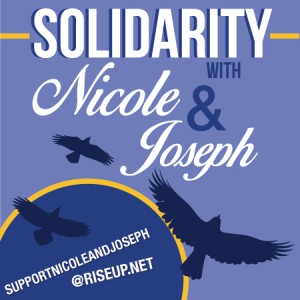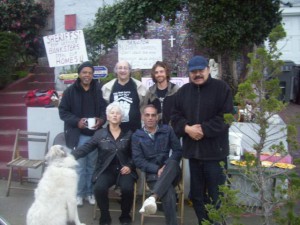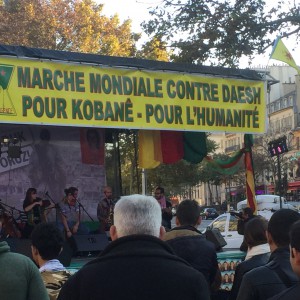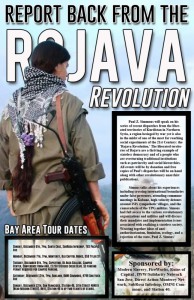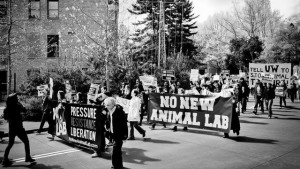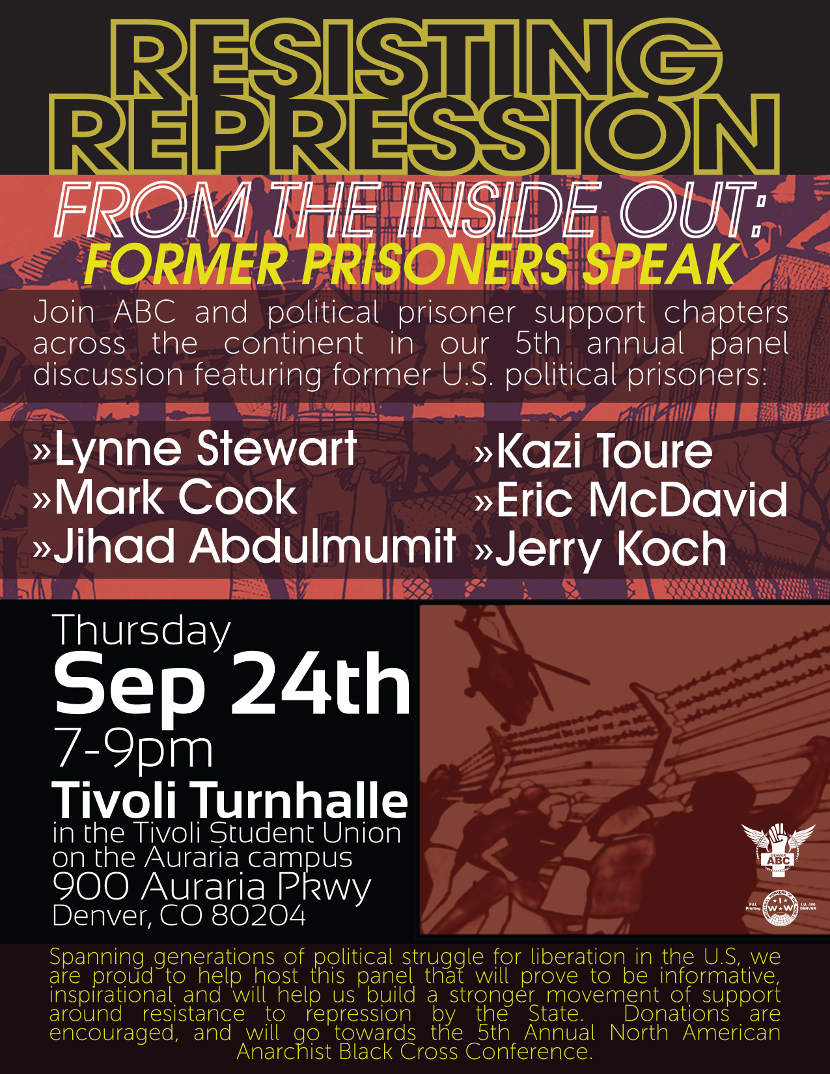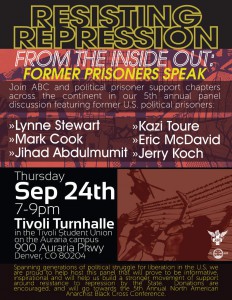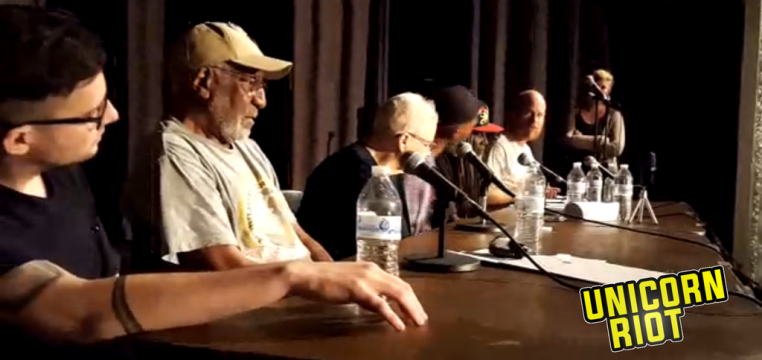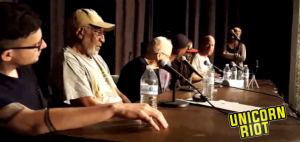Trans Prisoner Day of Solidarity & State of Emergency in France
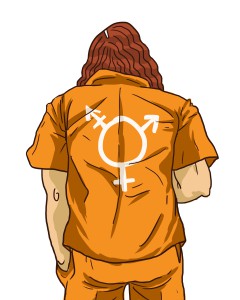
This week we’re speaking wth Gary from Kansas City about the fast approaching day of solidarity with transgender prisoners which will occur this friday, January 22nd. In this interview we talk about Gary’s past experiences with the prison system, the original call out for this day by trans prisoner Marius Mason, and the conditions that trans people generally face in prison, and the importance of focusing on this issue. For more on this day, to get ideas and to give report backs, you can visit http://transprisoners.net/
For more on Marius Mason’s case you can visit http://supportmariusmason.org/
If you’d like to send our guest an email to get ideas on how to proceed, you can write Gary at gcwagaman@gmail.com
We also feature a segment from Dissident Island Radio’s mid December show of 2015 about the changed security situation in France since the Paris attacks by Daesh-affiliated militants. The host of Dissident Island speaks with Camille, the name for anyone coming from the ZAD and speaking about experiences there. In this segment, Camille talks about the State of Emergency declared by the government of President Francoise Hollande, the suspensions of rights to publicly gather, the extension of the State of Emergency for 3 months, the challenges to folks with dual citizenship, the nighttime raids of immigrant communities and experiences of the folks at the ZAD as they enter a period of possible eviction. Camille also talks about how the ZAD at times acts as a refuge to immigrants and refugees seeking a break from state repression on a self-defended land project.
Check out the twice a month DIY radio show out of the London Action Resource Centre by visiting http://dissidentisland.org/
Statement from Marius Mason for the Trans Prisoner Day of Action and Solidarity:
“January 22nd 2016
Happy New Year, Family and Friends!
Many, many thanks for so much support and care over this year from both long-standing friends and new pen pals. I feel very grateful and am always humbled by the encouragement and resources sent my way by folks who are doing so much already to increase our collective chances for survival. The news has been full of stories about someone winning the big money pool that has accumulated for the US Lotto – but the most important “win” has nothing to do with money. I am betting on the movement to win big this year: in getting more control over their communities and defending against police brutality and racial inequality, in winning more victories for animal and in the defense of wild spaces, in creating social relations based on respect, dignity and compassion for all people…. regardless of their race, orientation, creed or gender presentation.
Thank you for coming together today, to hold up those members of our community who struggle so hard behind walls to keep their sense of self intact. Sovereignty over our selves, our bodies is essential for any other kind of liberty to be possible. By reaching out to trans prisoners, you affirm their right to define themselves for themselves – and defend them against the overwhelming voices who claim that they do not exist, that they must allow others to define them. In the isolating environment of prison, this is toxic and intimidating, and amounts to the cruelest form of psychological torture. By offering your help and solidarity, you may just save a life. I know that for the last year and a half, as I have struggled to assert myself as a trans man, as I have advocated for the relief of appropriate medical care for my gender dysphoria – it has been the gentle and loving reminders of my extended family of supporters who have given me strength and courage to continue. Please join me in offering this help to so many others who need it to keep going. Never underestimate the healing power of a letter, those letters have kept me going…and I want to pass that gift on, if you will help me.
Thank you again for coming together on this day, for connecting to those on the inside who truly need you, who need you to see them as they really are and striving to be. Until the prisons are gone, we need to work hard to support those of us inside – especially those of us who are not always as visible to the rest of the world. We are always stronger together.
Marius Mason
January 2016″
Playlist here.

